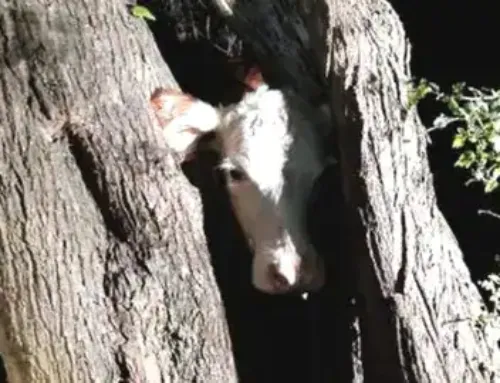In April, as the days continue to get longer and daylight increases, new antlers begin to grow from buds that form on the pedicels on a buck’s head. Typically within a month, main beams and brow tines begin to sprout and split off. A month or so later, in early June, second and third tines will form.
Throughout early summer, the fledgling racks grow fast and furious. Antler tissue is the fastest growing tissue known to man. Beams and tines may grow a quarter-inch or more per day, the process driven by a buck’s hormones and the photoperiod of the days.
According to Missouri scientist Dr. Grant Woods, a buck’s rack will show most of its points by mid-June, though tine length is typically less than half developed at this time. Most of the beam length will grow by late June.
Those are the general rules, but Grant points out that the growth of individual racks can vary. “Some bucks will show a lot of antler growth early, while others seem to add a bunch to their rack during July,” he says. The photo above was taken on July 28 a few years ago.
Click for more interesting facts about summer antlers.
In early August antlers begin to morph from soft and pliable to hardened bone. “A buck’s antlers will change from looking swollen or bulbous at the tips of the tines to a more normal diameter,” notes Woods. “Once this change in appearance occurs the buck won’t add much beam or tine growth.”
By mid-August most of the antler growth for the year is done. Sometime between September 1 and 15 bucks shed the velvet. The cue for antler hardening and velvet shedding is the change in photoperiod caused by decreasing daylight and increasing darkness, which results in a significant increase in the bucks’ testosterone.
Velvet shedding typically takes only a couple of hours, though it is not uncommon to see a deer walking around for day or two with bloody velvet tatters. Bucks have been known to turn their heads and peel or even eat the dry velvet off their new racks.
Mid-September on, the tree rubbing and antler-polishing begin. With their new crowns gleaming, mature bucks are ready and willing to breed the does for the next three months, until the days grow shorter and their testosterone begins to fade and the fascinating antler cycle begins all over again.






